
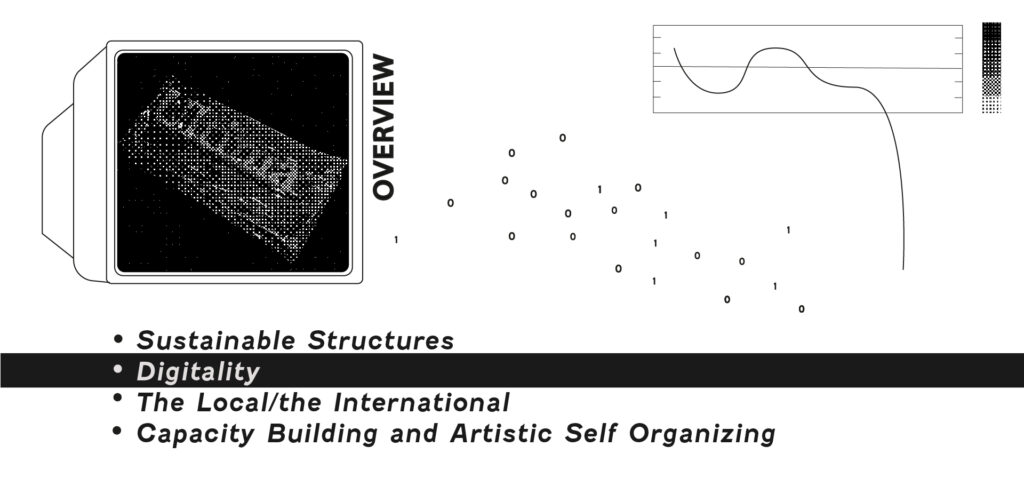
“Dig “Coming here, I really wanted to engage in questions of diversity, but I was surprised that throughout the day I became more interested in digitalization, which I didn’t think would happen!” (Katja Heldt)
Dear All!
We very much hope you enjoyed our first newsletter documenting the Islands on the Move conference! Some organizational notes first upfront: You can still sign up for the newsletter here and you can sign up for the online Montreal conference here.
In this second newsletter, we will address another major issue our field is dealing with in the wake of the pandemic, namely digitalization. We were struck during the Oslo conference by a digital divide, generally corresponding to age. This divide appears in myriad ways: how people consume music, how they make music, how they collaborate, and even their cultural references. As leaders tend to be older, we wonder what effect this is having on our field currently, and how it might change in the future.
Under the hood and apropo tech companies, we wanted to make this second newsletter a bit less dense than the last. Mailchimp told us it might be difficult for our subscribers to “engage” with our content :p
We hope you enjoy this second newsletter!
Brandon and Anna
Design and artworks by LEA Ye Gyoung @lealogicartist

How do we integrate the final form of the film at the start of the work the same way we think about the final form of the stage at the start of the work? Do we need filmmakers in the band?” (Jennifer Torrence)
In our interview with Barbara Scales in Taking the Temperature, she mentions:
I [noted] that increasing numbers of people were doing streaming, hybrid concerts, all with varying levels of quality. […] I realized digital literacy was not just about what to do with the mic and camera, and getting someone to pay for it out of charity, it was also about all the knowledge required to make the business work behind those steps. […] We started compiling lists, and making video capsules so that anybody facing these challenges […] could figure out what are the right questions to ask and where to look for support. […] Behind this [project] is the conviction that the digital pivot is not just a short term thing, but rather that it is here to stay.
This turned into https://www.accelerando.media, which has short, helpful videos on everything from “How can I finance my music online?” to using blockchain smart contracts for musicians. Make sure to check it out it’s an amazing resource!
Anna asked the Swedish composer Adele Kosman in the second edition of Taking the Temperature about her view on the possibility of livestreaming for presenting new music. She responds:
Adele Kosman: In my experience, livestreams are not engaging. The lack of technical knowledge and resources is too big to make something of value using livestreams, or rather – to transmit the values of the music and performance across the screen to an audience. I have tried numerous times to engage with live streamed performances but now I have simply just decided not to do it anymore.
AJ: Is this something that you share with others in the industry?
AK: I guess that I am in a minority as to the extent of pessimism that I display. But I am certainly not alone. Many would perhaps not criticise livestreaming concerts in general but they would also not watch them. And if it is not watched then what is the value of it? If I think about what I would get from a live concert, almost nothing of it is transmitted to me online. Considering the vast amount of content online, developed specifically to fit online formats, it is hard to see how contemporary music could compete, having been written and crafted for live performance. It all seems a bit pointless having all of that work end up on a pile on a server among the rest of piles on servers.
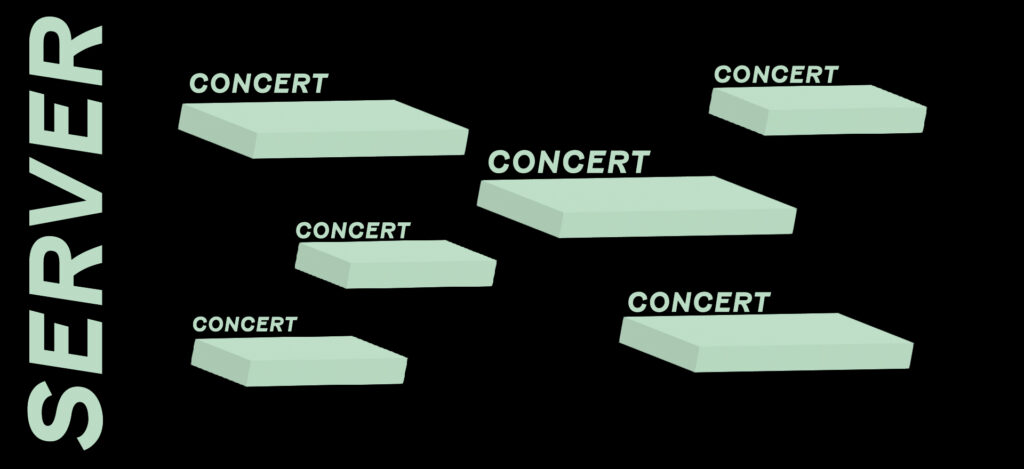
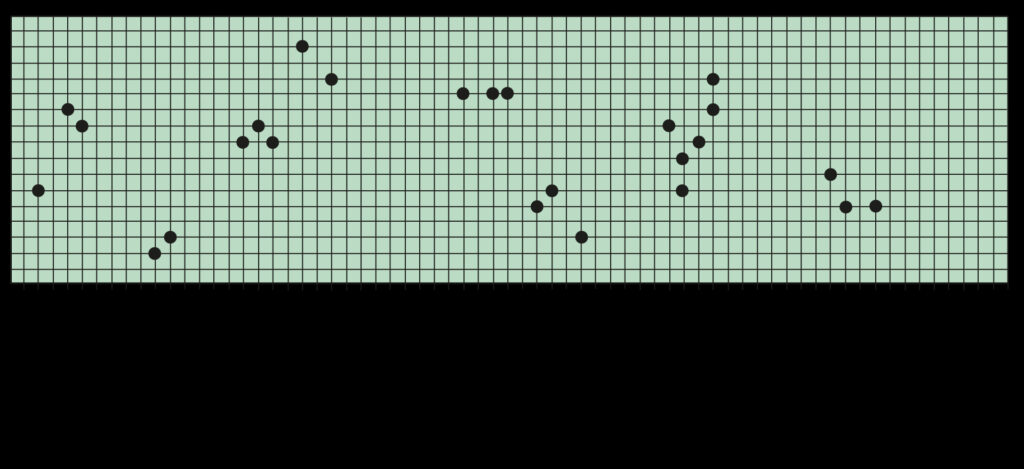

How can new music differentiate itself from the overwhelming amounts of content already online? Is there a value in this?
Across both our Taking the Temperature interviews and our discussions in Oslo, it became clear that many in our field are deeply ambivalent in our feelings towards tech generally. There is a sense of reluctantly being pulled along while trying to keep the core of what we do the same. During lockdowns, it was clear that doing online festivals was a necessity for new music to exist at all. Now that it is possible to gather again, most seem to want to put those days behind us as quickly as possible. While online festivals resulted in many interesting experiments (and naturally some not so interesting), the appetite for continuing these experiments seems to have evaporated.
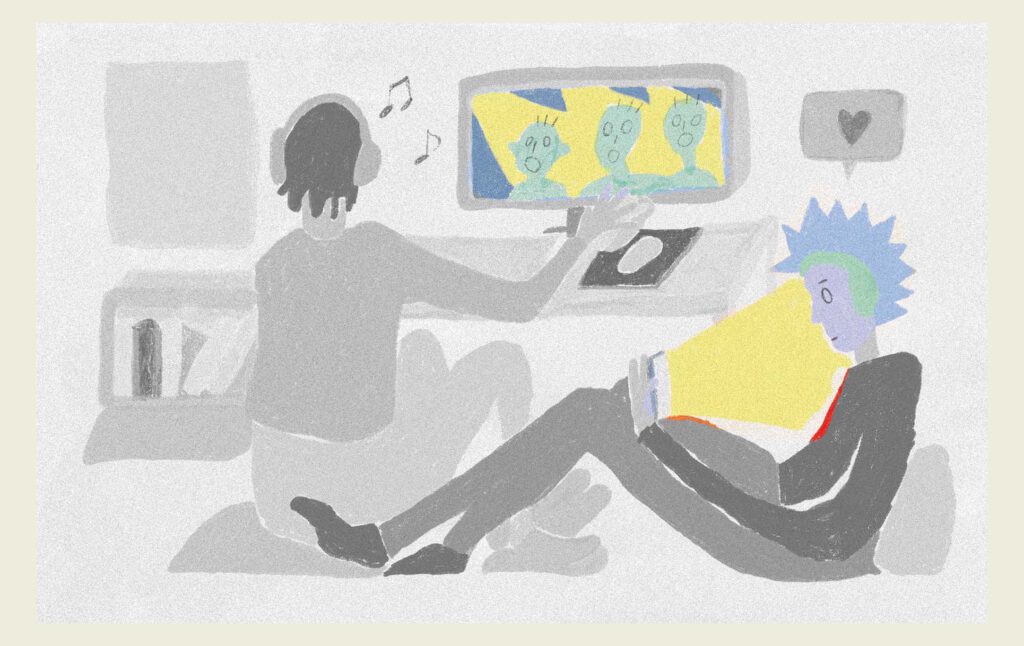
“Because of the pandemic we don’t want to be online (backlash)”
“How do we make that collective experience in digital space?” (Jennifer Torrence)
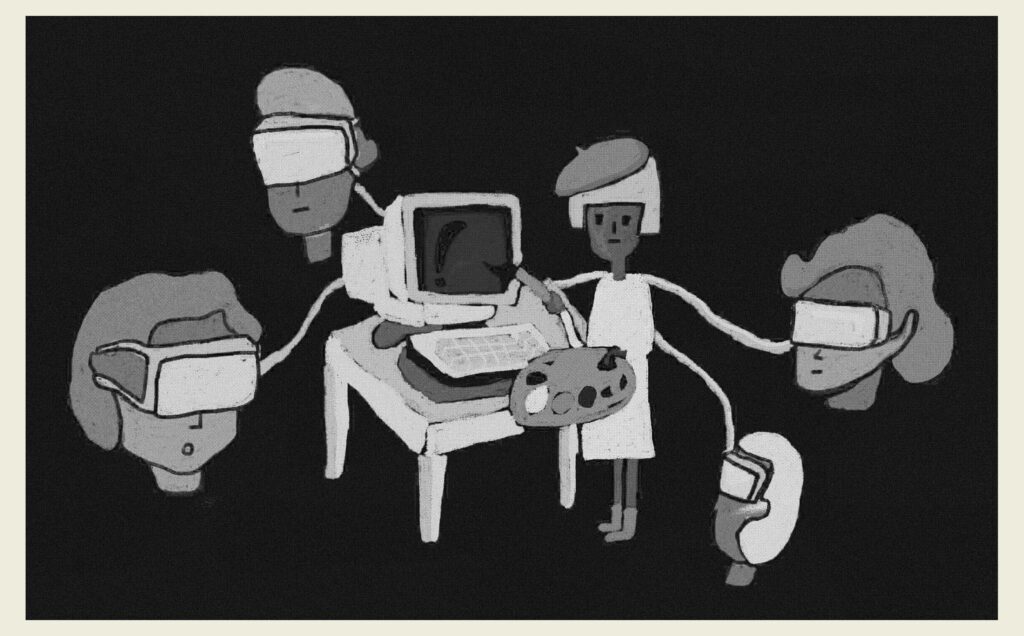
This “backlash” against being online, as one person put it, has maybe made more clear than ever new music’s emphasis (or decision) on being a live music genre. It highlights the importance that is placed on bodily co-presence in creating the musical event or experience. While maybe a European dualistic cliché, it is useful here to look at our colleagues in other arts to better understand the particular tradeoffs we have made. We have of course seen the meteoric rise of NFTs (Non-Fungible Tokens) in the art world as a translation of art world principles of authenticity and scarcity into the online space. We have seen Facebook rename itself to Meta and bet on VR and the “multiverse” rather than on us posting more travel vacation pictures on Instagram.

Closer to new music, the Canadian electronic music festival MUTEK’s response is perhaps the most illuminating. When Brandon interviewed the founding director Alain Mongreau last year for Taking the Temperature, his answer to streaming the festival was quite different to that of the new music directors:
For us, doing something virtual today is going back to what MUTEK was doing in its first ten years. MUTEK is an event that is native to digital culture both because of its digital content but also because of how it positioned itself as a worldwide event […] For a few years, we were streaming live audio from the concerts in Montreal. We found that when we started doing events in other countries there were audiences that were more knowledgeable about MUTEK than in Montreal because they had been connecting with us via the Internet, following the artists and the music. (Alain Mongreau)
Because the musical content approached its relationship to digital technology differently, its online editions were approached with a totally different outlook. Because that genre of musical practice has taken such a different approach to how it is technologically mediated, its worldwide audience for its recordings (its virtual community) could be addressed conceptually in a totally different way.
The thought we want to end with is: The resistance to technological ‘progress’ we see in new music can also be seen as part of its Adornian, critical “negative aesthetic.” As digital technologies now form the basis for much of our everyday realities, perhaps it is time for this negative aesthetics to address not just the premise of digital technologies’ infiltration of the social, but also ‘go beyond its own concept’ and dare to engage itself in the many intricate facets of our digital lives.

